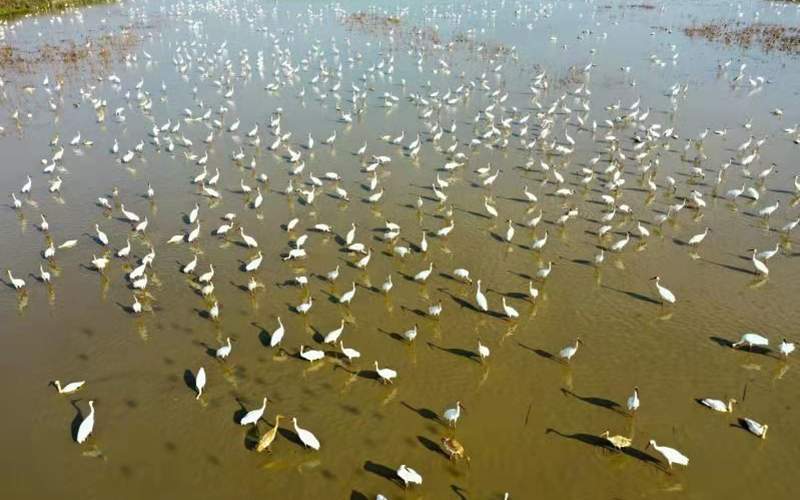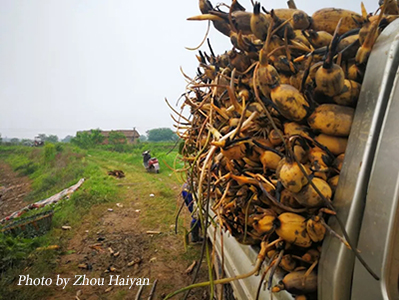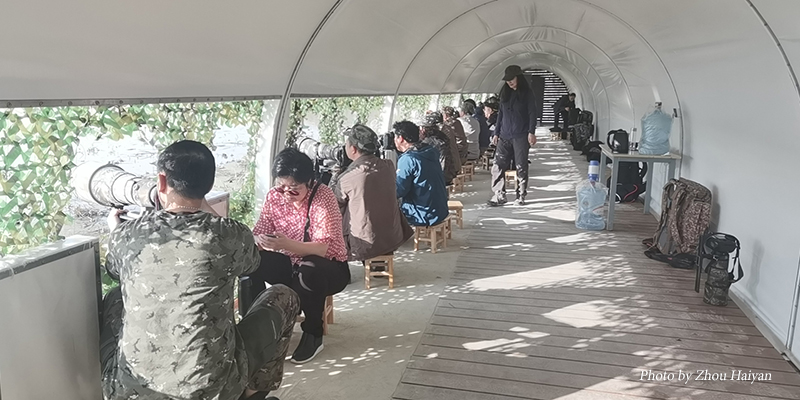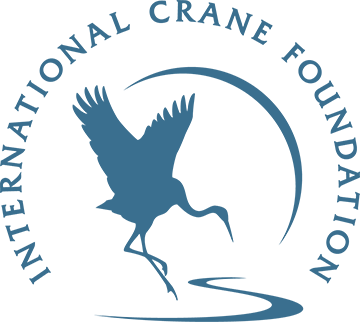
Summer rains in late summer are a typical feature of the upper Yangtze Valley in China. Moisture-laden monsoon winds driven up from the South China Sea and the Indian Ocean encounter the edge of the Tibetan plateau, causing clouds to release their stored water. In summer 2020, ocean temperatures were unusually high, so that the clouds had a greater-than-usual water load, leading to the highest ever recorded rainfall in June and July. The resulting floods were devastating, causing many rivers to burst their banks. Almost four million people were displaced, with over 150 dead or missing, and the loss of livelihoods and other economic damage is estimated at over 20 million dollars.
Poyang Lake, China’s largest freshwater lake, lies at the heart of the Yangtze floodplain and water levels are typically high during the summer. However, this year the level of the lake was the highest recorded, and dikes were destroyed to let water out to surrounding areas. Water levels eventually receded. But even now, in early winter, water levels remain exceptionally high. While insignificant compared to the human suffering, the outlook for the 4,000 Siberian Cranes that depend on Poyang lake during the winter is also bleak.
The cranes’ natural foodplants in the lake consist primarily of the submerged tubers of wild celery Vallisneria. The growth of the tubers is dependent on sufficient light reaching the plants during the summer. The high water levels and turbid water this summer caused all the plants to perish during the floods. The plant die-off results in the birds having to leave the secure environment of the lakes and nature reserves designed to protect them, to forage in remaining agricultural areas, still underwater, and offering few feeding opportunities.

However, there is a glimmer of hope for the cranes. Since 2017, a local non-governmental organization under the dedicated and passionate leadership of Ms. Zhou Haiyan, popularly known as YaYa, has been planting lotus ponds on purchased lands near the lake. The lotus ponds are on a former farm, called Five Star (Wuxing) Farm, which was abandoned by farmers because of low economic returns. Subsequently, in winters of poor natural food availability in Poyang Lake, hundreds of Siberian Cranes have flocked to the ponds to feed on the lotus plants’ roots. They can feed safely there, away from agricultural poisons and free from disturbance, since YaYa has constructed blinds to hide photographers from the cranes. In the 2018/19 winter, natural food plants were abundant, so the cranes did not need to come to the lotus ponds. However, this winter will be a different story
The first Siberian Cranes returned to Poyang on October 26, 2020. The next day, seven Siberian cranes landed on Five Star’s lotus fields, thirty days earlier than in any previous year. While some birds remain on the lakes, by mid-November, over a thousand had arrived on the lotus ponds. At the time of writing (late November), more than 2,000 birds are actively feeding there. But the ponds are limited in size, and cranes compete with Tundra Swans for the lotus roots. The Jiangxi provincial government has committed to tripling the area of lotus ponds, but this year only three ponds are available, and the ponds are already crowded. The birds face an uncertain winter.


The International Crane Foundation’s long-term strategy is to support the management of the main lakes to assure sufficient production of natural food plants. This management is dependent on summer water levels, which are hard to control. But perhaps other areas outside the lakes can be managed for these plants. Meanwhile, the lotus ponds provide security in poor food years. The ponds will continue to be part of the solution to assure that Siberian Cranes have sufficient food resources to build up energy for their return migration to Arctic Russia in March. This winter, we will work with our partners to monitor the cranes to understand where they are feeding and how they are behaving to better plan for future years for this charismatic and much-loved bird.
Story submitted by Spike Millington, Vice President International – Asia, and Photographer Ciming Mei, who has photographed 13 species of cranes around the world and is a long-term supporter of Siberian Cranes in the Poyang Lake area.
